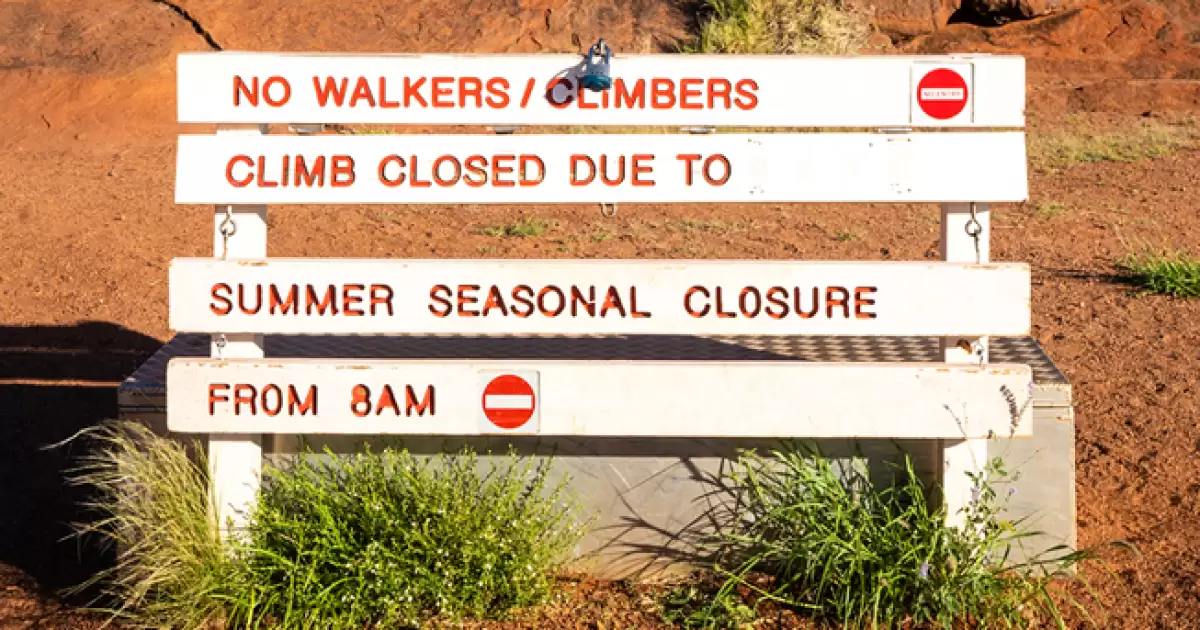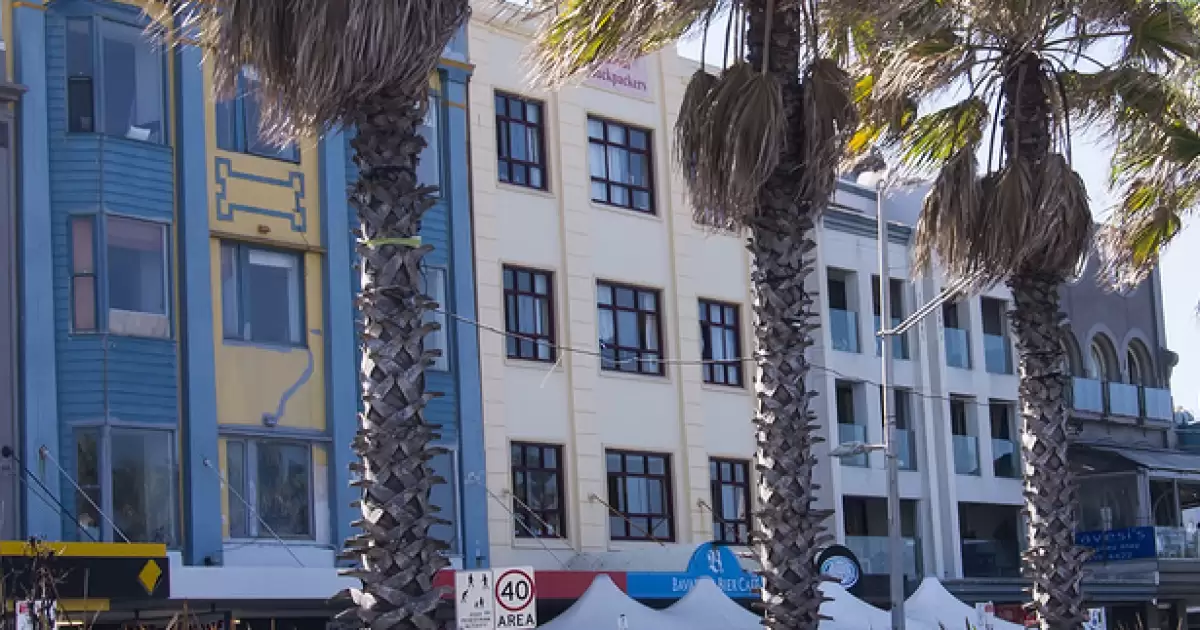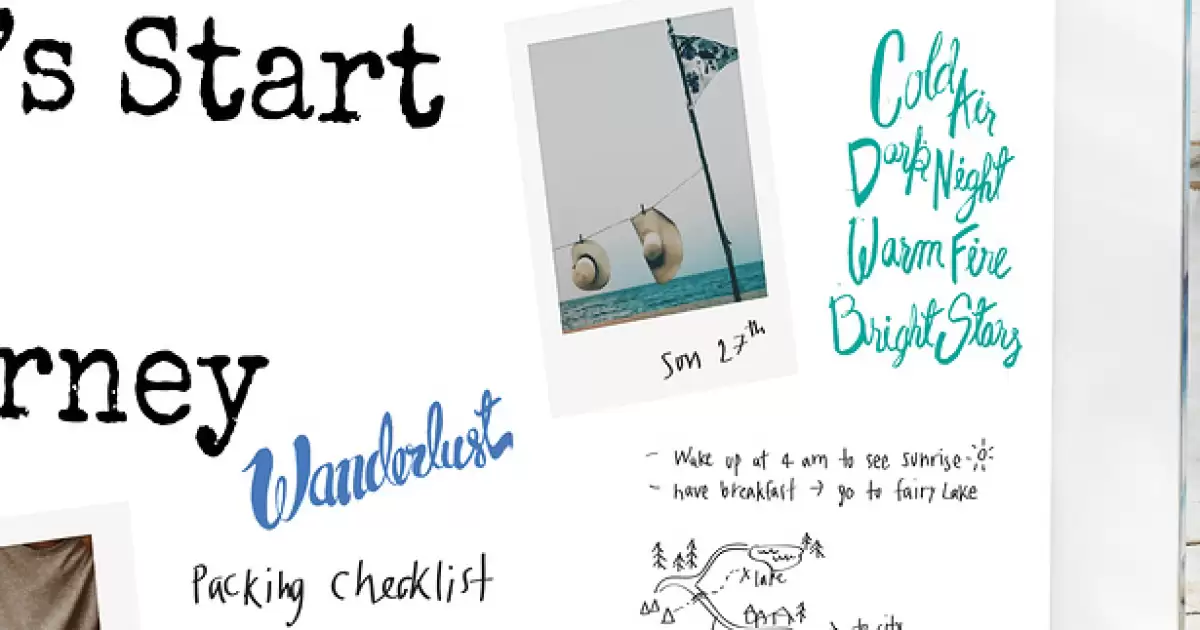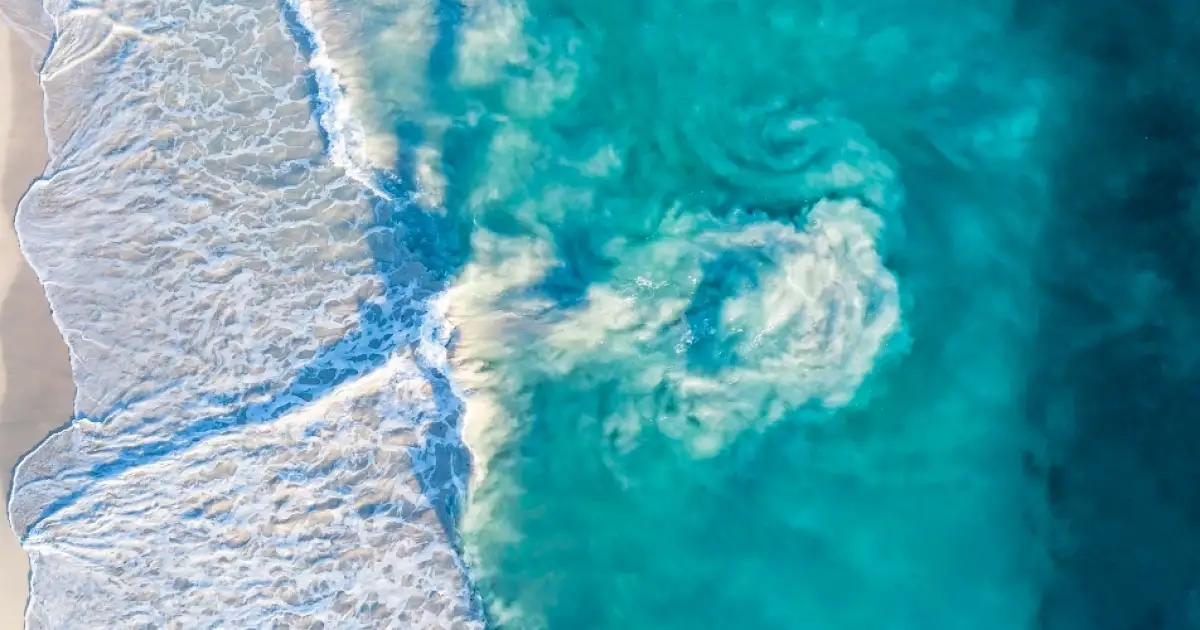The Coast of Australia is renowned for its stunning beaches, attracting locals and tourists in search of sun, relaxation, and adventure. However, hidden beneath these picturesque waters lies a danger that can quickly turn a day at the beach into a life-threatening situation. Rip currents, or simply "rips," are one of Australia's leading coastal hazards. Understanding what rips are, how to spot them, and what to do if caught in one can save lives and ensure that beachgoers enjoy the surf safely.
What Are Rips?
A rip is a strong, narrow current of water that flows from the shore out to sea. These currents act as "water highways," allowing water that has been pushed ashore by breaking waves to return to the ocean. While rips are a natural part of coastal dynamics, they can be powerful and swift, often exceeding the swimming capabilities of even the strongest swimmers.
There are different types of rips, including permanent rips that form around fixed features like reefs or headlands, and flash rips, which can appear suddenly due to factors such as wave patterns or tides. Regardless of the type, rips pose a significant danger to swimmers who are unaware of their presence.
How to Spot a Rip
Recognizing a rip is a critical skill for any beachgoer, yet research suggests that more than half of Australians cannot confidently identify one. Here are key indicators to look for:
- Calmer Water: Rips often appear as calm or flatter stretches of water between breaking waves. While this may look like the safest place to swim, it is actually the most dangerous.
- Darker Colour: Rip currents are typically found in deeper water, appearing as a darker green or blue strip compared to the surrounding areas of breaking waves.
- Foamy Water: Look for frothy, sandy water being pulled from the shore back out to the ocean.
- Uneven Wave Patterns: Areas with inconsistent or fewer breaking waves can indicate the presence of a rip channel.
It is always advisable to spend a few minutes observing the surf before entering the water. If you are unsure, swim at a patrolled beach between the red and yellow flags.
What to Do If You’re Caught in a Rip
Being caught in a rip can be a frightening experience, but staying calm and knowing the correct actions can significantly increase your chances of survival. Here’s what to do:
- Don’t Panic: Panicking leads to fatigue, which can cause drowning. Keep calm and focus on conserving your energy.
- Float and Signal: If unable to swim out of the rip, float on your back to stay buoyant and raise your arm to signal for help.
- Swim Parallel: If you are a confident swimmer, swim parallel to the shore until you are out of the main current, then head back toward the breaking waves.
It is essential to remember that rips do not pull swimmers underwater. They only carry them away from the shore, and most rips eventually weaken as they flow into deeper waters.
Tips for Staying Safe
While understanding rips is essential, implementing these general safety tips will further reduce risks when visiting the beach:
- Swim at Patrolled Beaches: Always choose beaches with lifeguards and swim between the red and yellow flags, where conditions are monitored.
- Check Beach Safety Signs: Many beaches feature signs warning about dangerous conditions, including the presence of rips.
- Avoid Swimming Alone: Always swim in a group, and if possible, bring a flotation device or boogie board for safety.
- Assess Your Limits: Recognize your swimming ability and avoid deep waters or strong surf if you are not an experienced swimmer.
- Practice Observation: Spend time watching the water to identify potentially hazardous conditions before entering.
Preventing Tragedies
The Coast of Australia is particularly prone to rips due to its exposure to consistent wave action and unique coastal features like headlands and sandbars. Education campaigns have emphasized the importance of recognizing rips and swimming in patrolled zones. However, many visitors to less-crowded beaches remain unaware of the dangers. Lifesavers and coastal safety experts continue to stress the importance of vigilance when visiting unpatrolled areas.
Rip currents are responsible for numerous drowning deaths in Australia each year. National safety initiatives, such as Surf Life Saving Australia’s “Float to Survive” campaign, aim to educate the public about effective responses to rips. Recent pushes for including water safety education in school curriculums and tourist outreach programs are also steps towards reducing rip-related accidents.
For individuals visiting Australia’s beaches, the key to safety is preparation. Familiarize yourself with beach safety guidelines and never underestimate the ocean’s power.
Understanding rips and their behaviours is vital for anyone enjoying the beautiful beaches of Australia. With proper knowledge and precautions, visitors can minimize risks and make the most of their time by the water. Always prioritize safety—follow beach guidelines, respect local conditions, and swim in patrolled areas whenever possible. By doing so, everyone can contribute to keeping Australia’s coastline a safe destination for all to enjoy.











